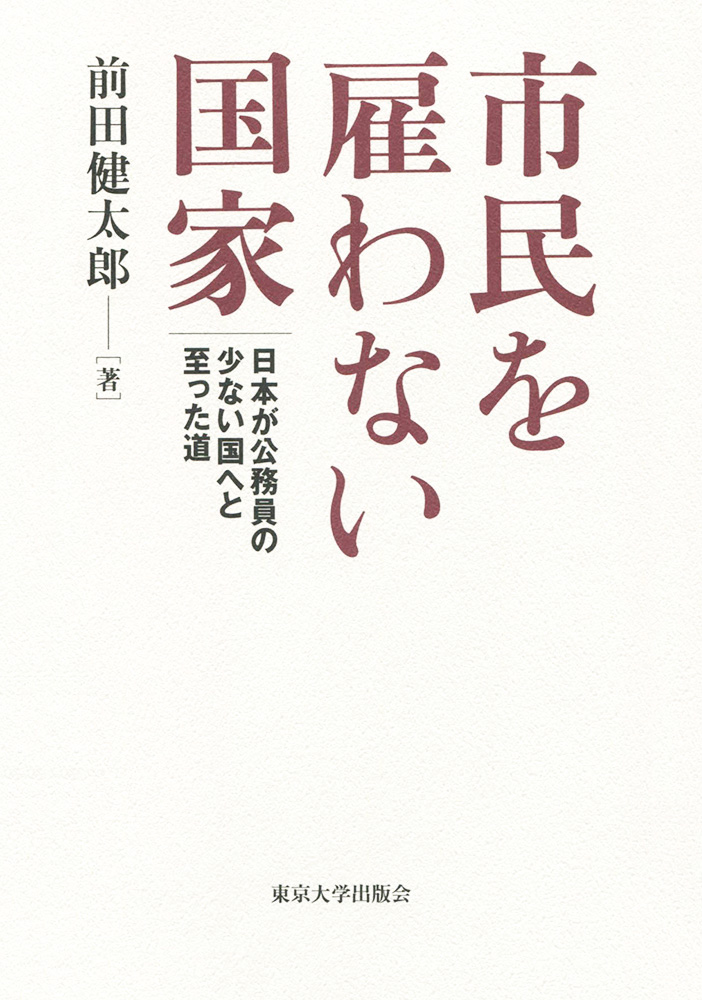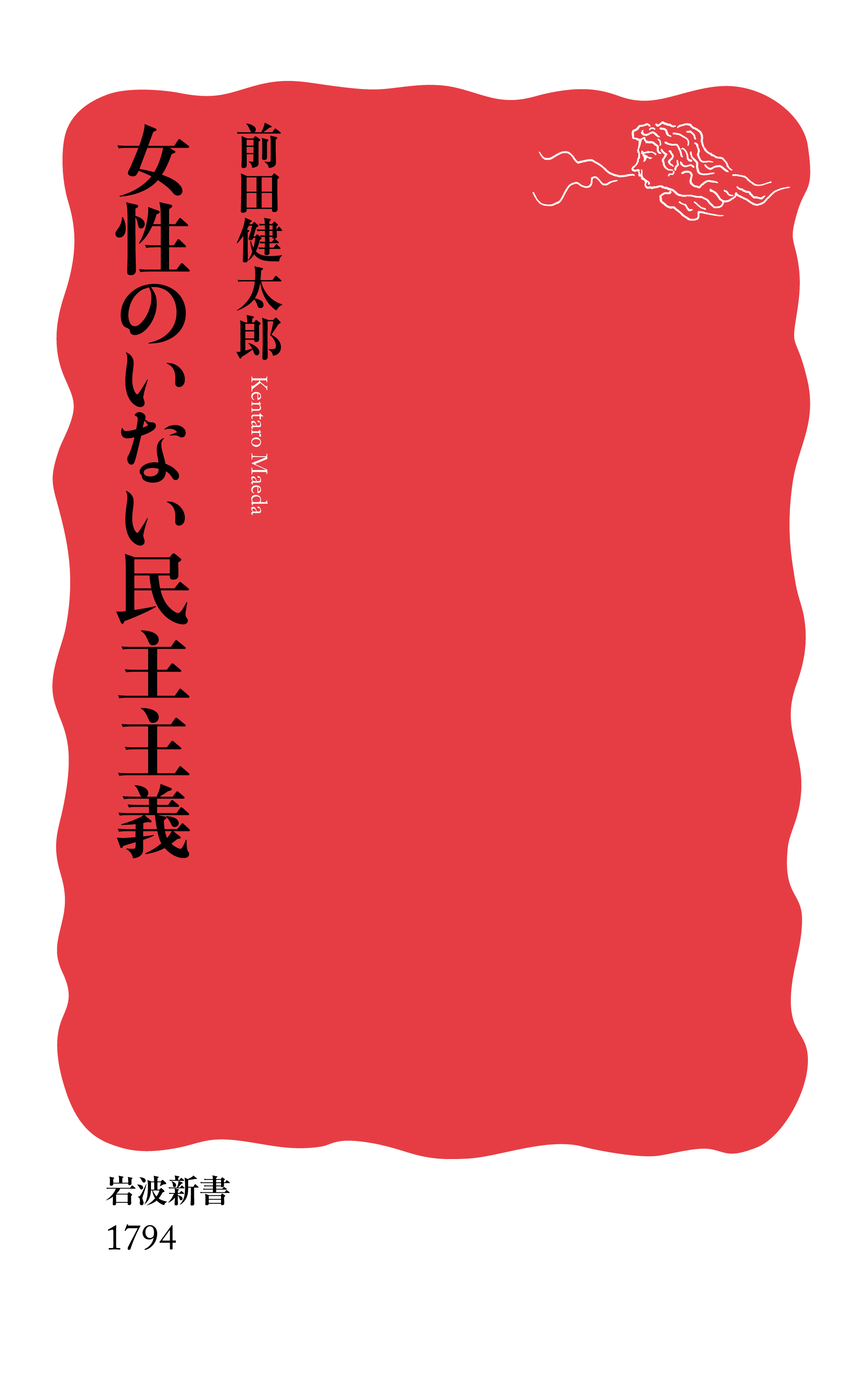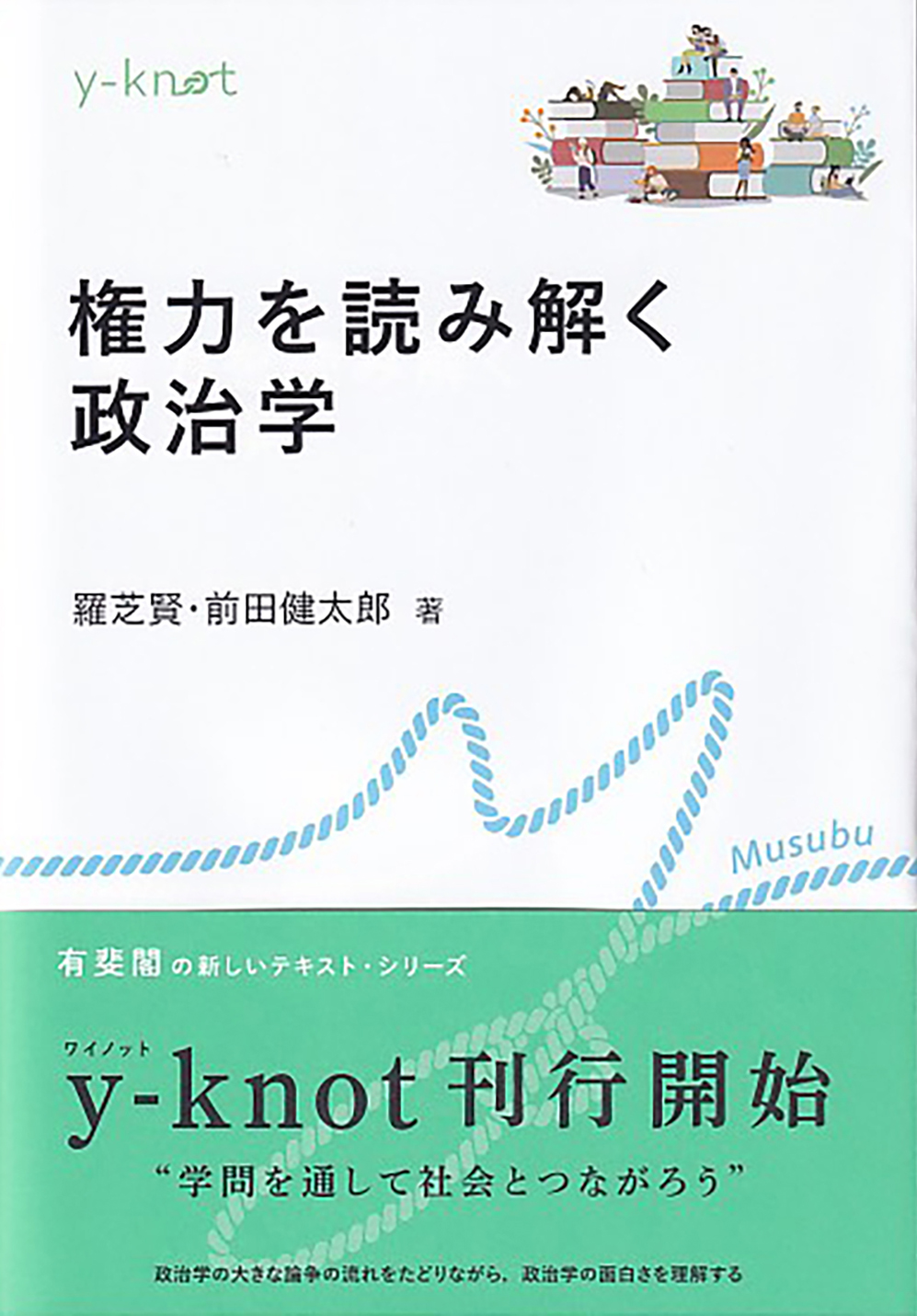
Title
Shimin wo Yatowanai Kokka (A State Without Civil Servants: Japan’s Public Sector in Comparative Perspective)
Size
328 pages, A5 format
Language
Japanese
Released
September 24, 2014
ISBN
978-4-13-030160-2
Published by
University of Tokyo Press
Book Info
See Book Availability at Library
Japanese Page
Japan’s bureaucracy is generally viewed as having immense power, but this perception is contradicted by the fact that Japan has very few civil servants compared to other advanced nations. This book examines the reasons for this phenomenon.
First, the book uses varied sources to confirm that Japan indeed has fewer civil servants than other countries (Chapter 1). One often hears the claim that Japan’s alleged paucity of civil servants is due to differences in how they are counted relative to other nations and that the actual number is quite high if one includes employees of external groups. This book counters that argument by demonstrating that even if one counts these external workers and employees of government-owned corporations within the national civil servant category, the number still remains small relative to that in other countries.
Next, in Chapter 2, the book considers the reasons for Japan having fewer civil servants. History shows that this was not always the case. On the contrary, prior to World War II, Japan had a relatively high number of civil servants, especially in view of its level of economic development. However, Japan averted the expansion of the public sector that typically accompanies economic growth. It began its administrative reforms earlier than other countries, during the postwar period of high economic growth, and limited the increase in civil servant numbers.
Chapters 3–5 then discuss in further detail the reasons for this development, focusing on the salary system for civil servants. In response to public-sector labor-management disputes that arose immediately after World War II, Japan (under U.S. influence) adopted the National Personnel Authority Recommendation System, wherein the National Personnel Authority sets salary levels in exchange for constraining the basic labor rights of civil servants. This system was initially a means to suppress civil-service salary levels, but the rise in private-sector salaries that accompanied Japan’s period of high economic growth served to push public-sector pay levels upward as well. As a result, beginning in the 1960s, attempts were made to keep the number of civil servants low as a means of controlling overall personnel expenses. Due to this policy emphasis, non-governmental organizations responsible for the distribution of public services expanded in place of civil service growth. In other words, the institutional constraints used as a means to keep civil-service salary levels low caused Japan to institute administrative reform faster than other countries.
To buttress this argument in making international comparisons, the book provides, in Chapters 6 and 7, examples of other countries that use systems different from Japan’s. In the U.K., labor-management negotiations have been used as a way to suppress civil-service wages, leading to a continual expansion of the public sector, which even created an economic crisis in the 1970s. Among other advanced nations in the West, those with systems for holding civil-service salaries down have been late to begin administrative reforms and were slow to stop increases in the number of civil servants.
Due to the considerations explained above, the number of civil servants in Japan has been kept to an absolute minimum relative to other countries, making Japan “the state that does not hire citizens.”
(Written by MAEDA Kentaro, Associate Professor, Graduate Schools for Law and Politics / 2017)
Related Info
2015 Suntory Prize for Social Sciences and Humanities (Suntory Foundation 2015)
https://www.suntory.com/sfnd/prize_ssah/list.html



 Find a book
Find a book


 eBook
eBook
